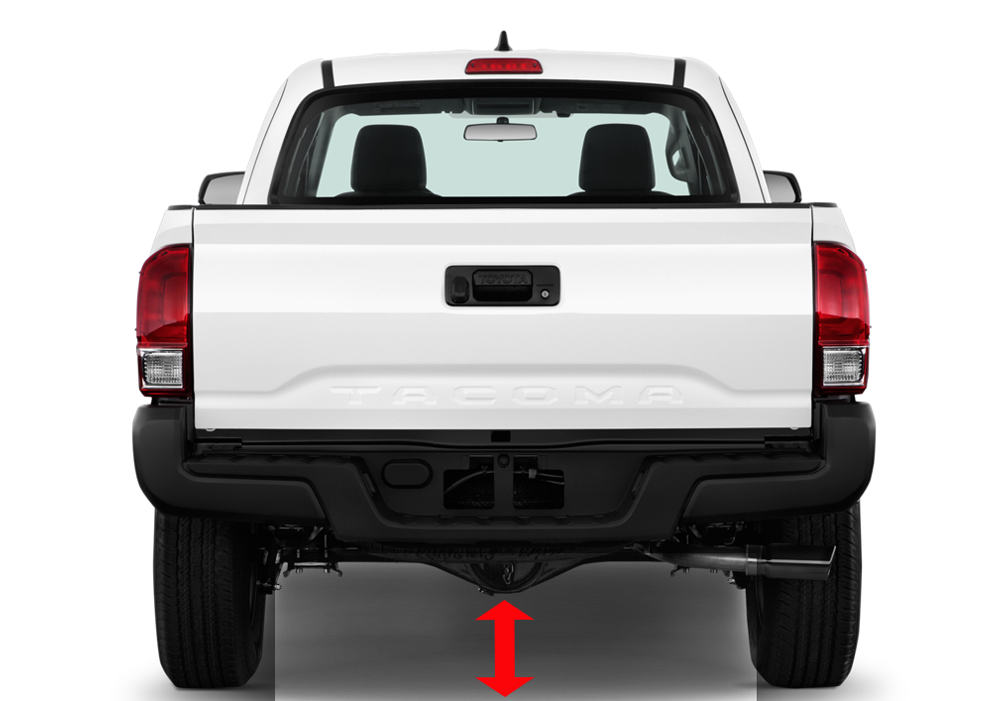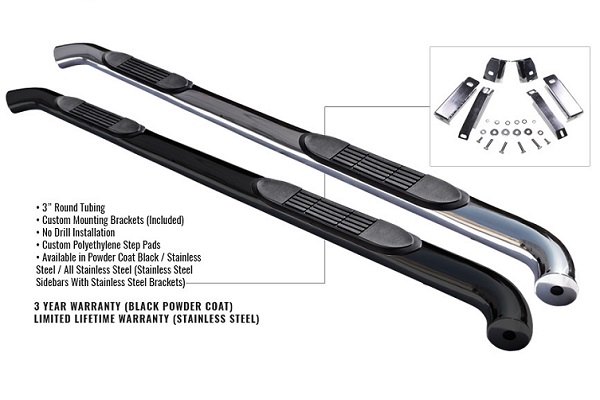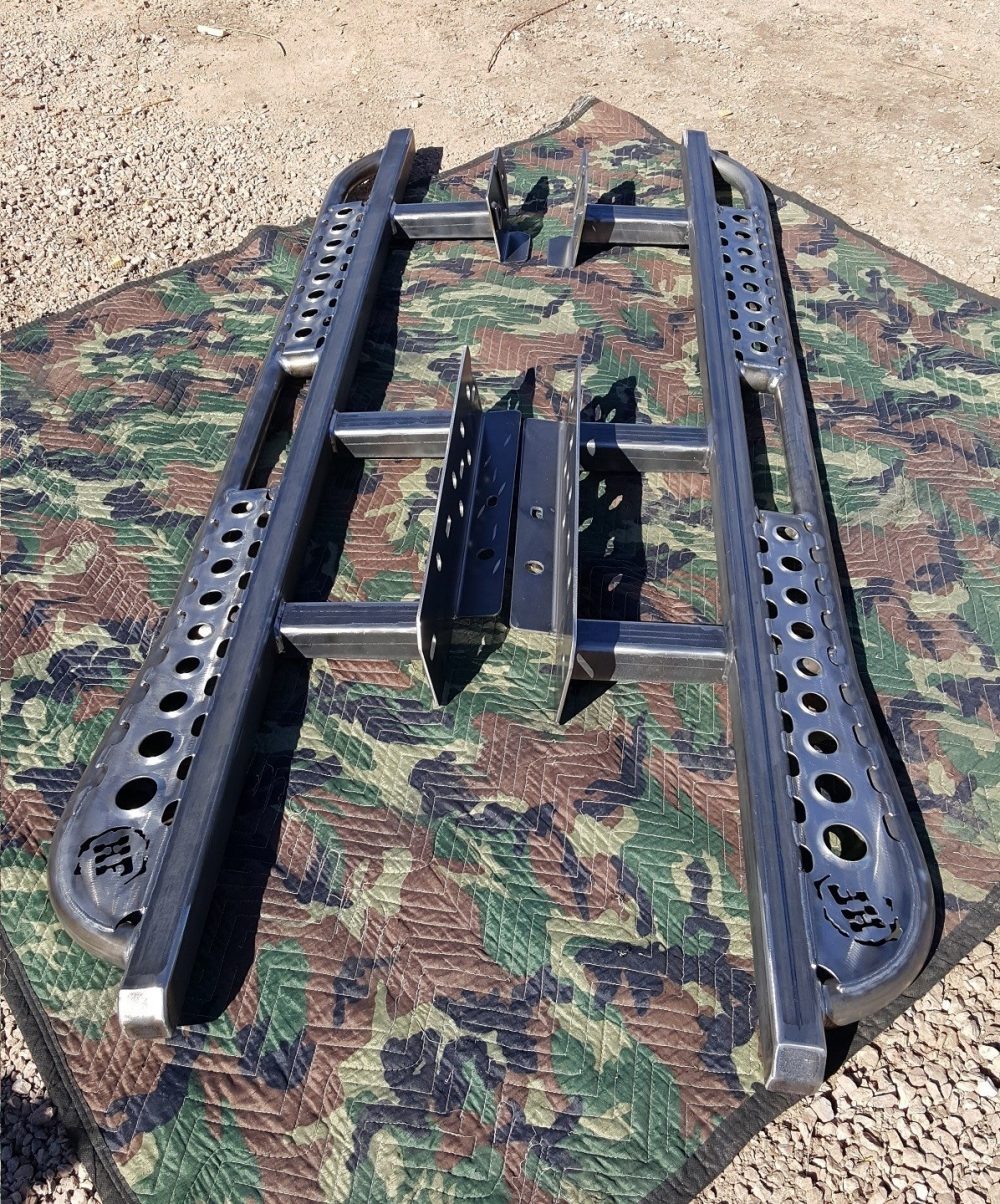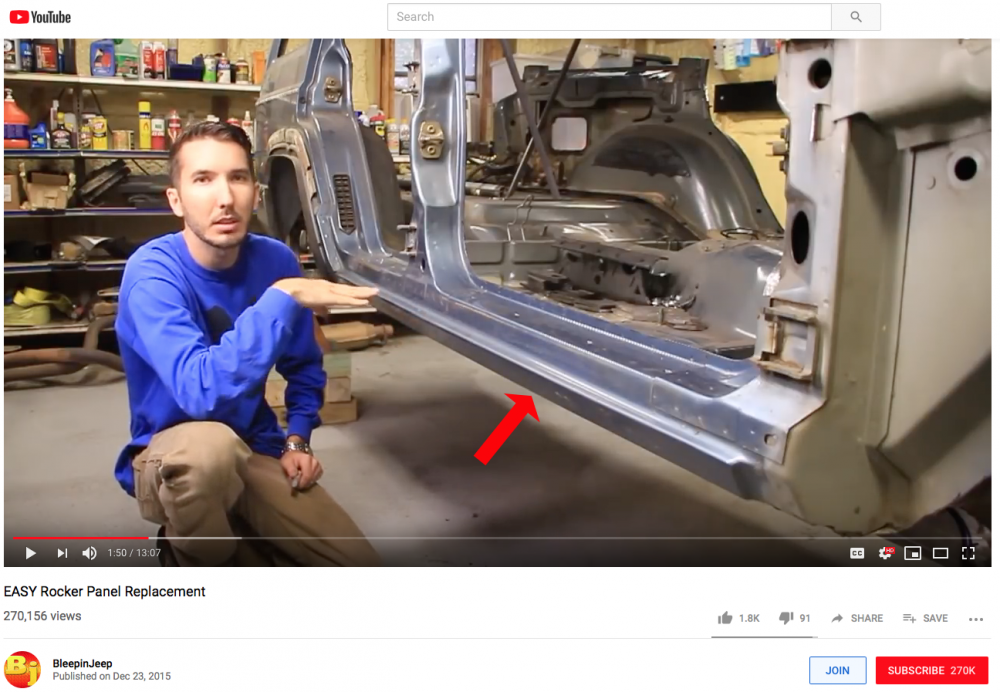What is a High Clearance Vehicle?
(This discussion talks about driving average 4WD roads and not rock crawling)
Many rock club field trip leaders advise taking a high clearance vehicle to certain destinations. But what is a high clearance vehicle?
A vehicle’s lowest point is usually measured at the rear differential. The distance from the bottom of the rear differential to the ground is the clearance. That is, unless things like steps hang lower than the rear diff.
A base Jeep, the Wrangler Sport edition, has 8.4” of ground clearance. For comparison, a Subaru Outback has 8.7” and a base Ford 150 has 8.8”. These should be considered minimums for rockhounding vehicles. (Although an all-wheel-drive vehicle like a Subaru, despite its clearance, should not attempt 4WD rated roads unless equipped with light truck tires. (See my page on this for more info and for driving in the Southwest.)
Larger tires and a lift kit will increase clearance and void any current factory warranty unless modifications are manufacturer approved. Larger tires impact a speedometer’s readings, requiring readjustment when the vehicle gets a bigger set of tires. Unless a rockhound is fording creeks and rivers, increasing the height of a vehicle with a lift kit or tires does little if the rear differential remains at about the same height. That’s what will catch first unless something is hanging lower like steps. These steps should be replaced in favor of rock sliders.
Rock sliders protect a vehicle’s rocker panels. Just below the doors, rocker panels are the long lengths of steel between the front and rear wheel well openings. Getting in and out of a vehicle means stepping over a rocker panel. Rock sliders are bolted or welded on components that can act as steps but are really meant to protect the side of a vehicle. Weakly constructed running boards or steps will not protect a rig from an unexpected boulder or stump.
Rock sliders constructed from 3/16” thick steel or better are enormously strong and heavy. Make sure they do not extend below the height of the diff. Welded on rock sliders may be strong enough to act as jack points in an emergency. Some companies like Hefty Fab Works make bolt on rock sliders. Ideally, these are installed with the use of a lift and at least two people.

As pictured above, the most important measurement in clearance is the distance between the ground and the bottom of the rear differential. Some people jokingly call the rear diff “the pumpkin.”
Skid plates may help you worry less if you have a vehicle with minimum clearance. You can armor up part or the entirety of the undercarriage. Factory skid plates will be pretty flimsy but they are better than nothing. I have factory plates but I do not drive enough tough roads to warrant the weight and expense of aftermarket plates. Skid plates won’t protect the pumpkin but there are specific metal guards that will do just that. Here’s a YouTube video on this:

Common and flimsy nerf bar pictured above.

Heavy duty rock sliders from Hefty Fab Works for a Toyota Tacoma in the above photograph. These may weigh sixty pounds to a side. I have their rock sliders on my Nissan Frontier.

Photograph showing a rocker panel. This is what rock sliders protect. From the video below:
